Electronics and computers Battery cells
()Sort by
-

Verbatim 1x24 Mignon AA LR6 49505 Batteries
6.99 €
-
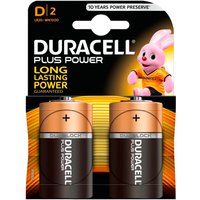
Duracell LR20 Plus Power 2 Units
2.99 €
-

Verbatim 1x24 Micro AAA LR 03 49504 Batteries
6.49 €
-
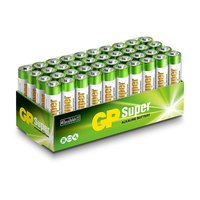
Mvtek Stilo AA Tension 1.5V 15A / LR6 Cylindric Alcaline Battery
0.99 €
-

Varta Professional CR 123 A Batteries
4.99 €
-
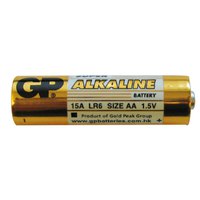
Mvtek Ministilo AAA Tensione 1.5V 24A / LR03 Cylindric Alcaline Battery
0.99 €
-

Duracell LR06 AA Plus Power 4 Units
3.49 €
-
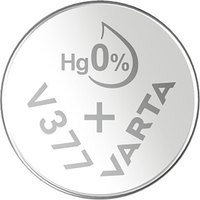
Varta 1 Chron V 377 Batteries
0.99 €
-

Duracell LR14 Plus Power 2 Units
2.99 €
-

Mvtek Ministilo AAA Tensione 1.5V 24A - LR03 Cylindric Alcaline Battery
0.99 €
-

Varta Longlife Power Baby C LR14 Batteries
2.49 €
-
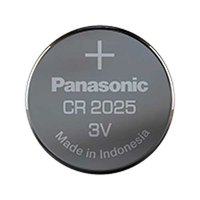
Panasonic CR-2025 Battery Cell
1 €
-

Duracell LR03 AAA Plus Power 4 Units
3.49 €
-

Panasonic LR03 ProPower AAA 6+2 Units
4.49 €
-

Kodak Max Premium Ultra CR2025 Lithium Battery 2 Units
1.99 €
-

Led Lenser MT10/MH10 Li-Ion 18650 Battery Cell
22.99 €
-
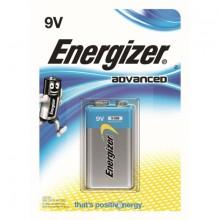
Energizer Eco Advanced 522 Battery Cell
5.99 €
-
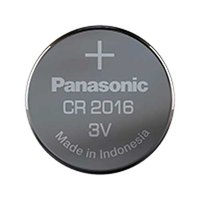
Panasonic CR-2016 Battery Cell
1.49 €
-

Varta Industrial Pro Batteries L14 C 20 Units
16.99 €
-
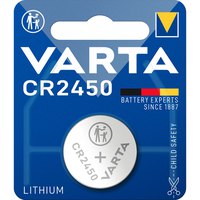
Varta 1 Electronic CR 2450 Batteries
2.49 €
-

Varta 1x4 Longlife Power Micro AAA LR03 Batteries
1.99 €
-
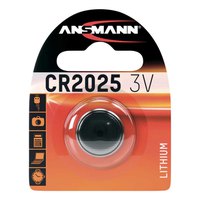
Skuad CR 2450 Batteries
2.49 €
-
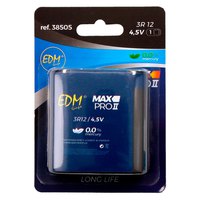
Edm R12 4.5V Stack Flask
1.49 €
-

Duracell 1x4 R6 AAA 1300mAh Rechargeable Batteries
7.49 €
-
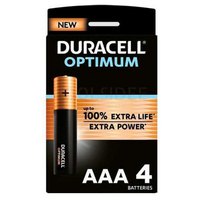
Duracell Optimun AA LR06 Alkaline Batteries 4 Units
3.49 €
-

Tortue BR-435 Lithium Battery
3.49 €
-
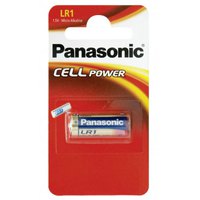
Panasonic LR1 1.5V Battery Cell
1.49 €
-
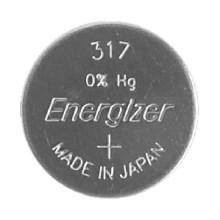
Energizer Button Battery 317
1.99 €
-
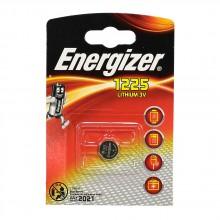
Energizer CR1225 Battery Cell
2.99 €
-
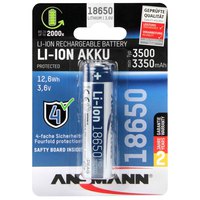
Ansmann 1307-0001 Rechargeable Battery 3500mAh
21.99 €
-
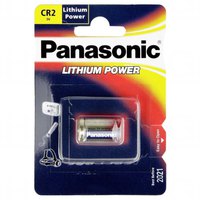
Panasonic Lithium CR2
2.99 €
-
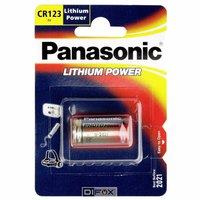
Panasonic Cylindrical Lithium CR12
2.49 €
-

Duracell Pack 2 LR44B2 Coin Cell Battery Pile
1.49 €
-

Duracell Plus AA LR06 Alkaline Batteries 4 Units
2.49 €
-
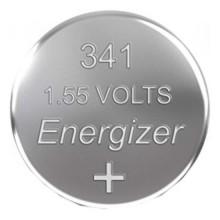
Energizer Button Battery 341
3.49 €
-
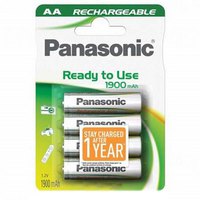
Panasonic AA Rechargeable Evolta 4 Units
11.99 €
-

Duracell Rechargeable AA Duralock 2400 2 Units
5.99 €
-
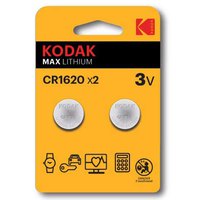
Kodak CR1620 Lithium Battery
1.49 €
-
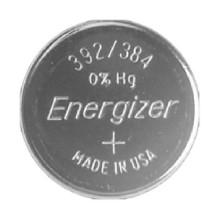
Energizer Button Battery 384/392
1.99 €
-
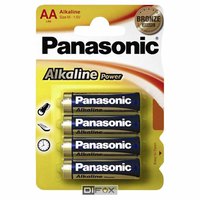
Panasonic Pack 4 LR-06 AA Pile
1.49 €
-
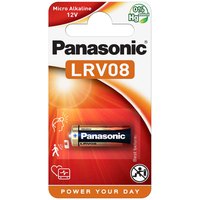
Panasonic LRV-08 12V GP23 Battery Cell
1.99 €
-
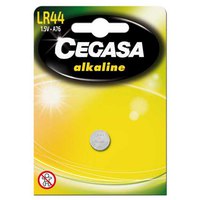
Cegasa Alkaline LR44 5V Batteries
0.99 €
-

Duracell Rechargeable AAA Duralock 900 4 Units
9.99 €
-

Duracell Lithium 2 Units Batteries
2.49 €
-
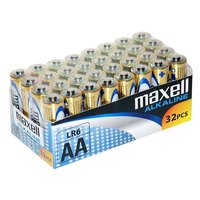
Maxell Box 32 Batteries Lr6 Aa
9.99 €
-

Duracell Optimun AAA LR03 Alkaline Batteries 4 Units
3.49 €
-
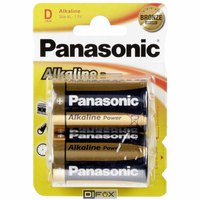
Panasonic LR20 2 Units
2.99 €
-
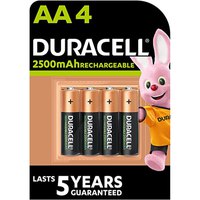
Duracell Rechargeable AA Duralock 2400 4 Units
11.99 €
-

Cressi Newton/Drake Ring Kit And Battery CR2430
7.49 €
-
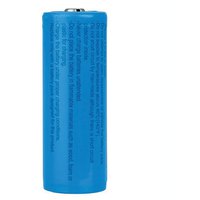
SEAC Battery For R30/R20 Torch
33 €
-
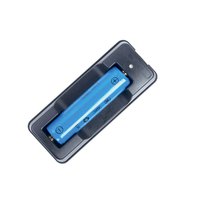
SEAC Battery Charger For R3/R3FX/T5
7.99 €
-

Scubapro Battery Kit Pile
23.99 €
-

Sigalsub Replacement Battery For Horus
13.99 €
-

Varta 1x2 Rechargeable C Ready2Use NiMH Baby 3000mAh Batteries
9.49 €
-

Varta 1x8 Longlife Power Mignon AA LR06 Batteries
3.99 €
-
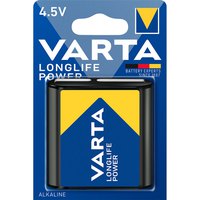
Varta 1 Longlife Power 3 LR 12 4.5V-Block Batteries
3.99 €
-

Varta 1 Electronic CR 1216 Batteries
1.99 €
-
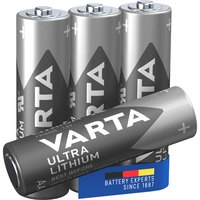
Varta 6106301404 LR06 AA Lithium Batteries 4 Units
7.99 €
-

Varta V377 Batteries
0.99 €
-

Varta Longlife Max Power Mignon AA LR06 Batteries
2.99 €
-

Varta 1 Rechargeable E Ready2Use NiMH 9V-Block 200mAh Batteries
7.99 €
-

Varta 6LR61 9V Alkaline Battery Pack 20 Units
32.99 €
-

Varta AA LR06 2100mAh Rechargeable Battery 4 Units
6.99 €
-

Varta AA LR6 Alkaline Batteries 10 Units
3.99 €
-

Varta AAA LR03 Alkaline Battery 12 Units
4.99 €
-

Varta LR14C Alkaline Battery 2 Units
2.99 €
-
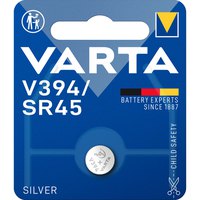
Varta V394 Button Battery
1.99 €
-
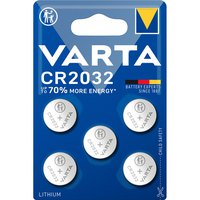
Varta CR2032 Button Battery 5 Units
3.49 €
-
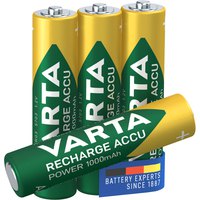
Varta 1x4 Rechargeable AAA Ready2Use NiMH 1000mAh Micro Batteries
10.99 €
-
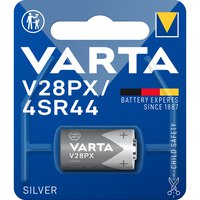
Varta 1 Photo V 28 PX Batteries
6.49 €
-
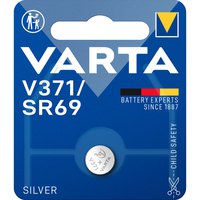
Varta V371 SR69 Button Battery
0.99 €
-

Varta V393 1.55V Button Battery
3.99 €
-

Varta 1x10 Longlife Power Mignon AA LR06 Batteries
4.99 €
-
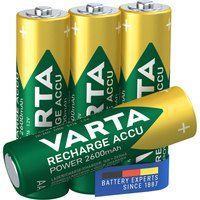
Varta 1x4 Rechargeable AA NiMH 2600mAh Mignon Batteries
13.99 €
-

Varta 1x2 Electronic CR 2430 Batteries
2.99 €
-

Varta CR2025 Button Battery 5 Units
3.49 €
-

Varta 1x2 Rechargeable D Ready2Use NiMH Mono 3000mAh Batteries
11.99 €
-

Varta 1x4 Longlife Max Power Micro AAA LR03 Batteries
2.99 €
-
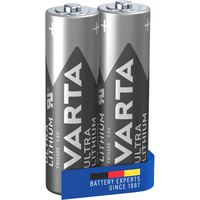
Varta Ultra Lithium Mignon AA LR06 Batteries
4.49 €
-

Varta Photo V 76 PX Batteries
2.49 €
-
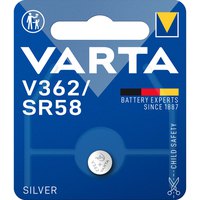
Varta V362 1.55V Button Battery
1.49 €
-

Varta V364 1.55V Button Battery
0.99 €
-

Varta V392 AG3 LR41 Button Battery
1.99 €
-

Varta 1 Professional CR 2 Batteries
3.49 €
-

Gp Batteries 9V CR-V9 For Smoke Detector Batteries
13.99 €
-
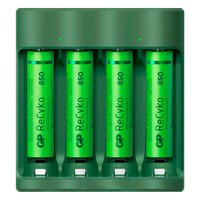
Gp Batteries 21/85 4-Port USB Charger With 4xAAA NiMh 850mAh
15.99 €
-
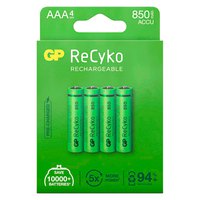
Gp Batteries ReCyko NiMH AAA 850mAh Batteries
15.71 €
-

Gp Batteries Lithium Micro AAA 07024LF-C4 1.5V 4 Units
19.61 €
-
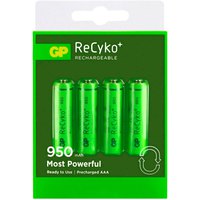
Gp Batteries ReCyko NiMH AAA 950mAh Batteries
21.41 €
-
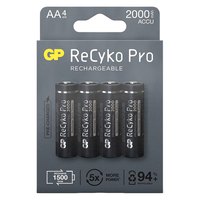
Gp Batteries ReCyko ReCyko NiMH AA/Mignon 2000mAh Pro Batteries
20.51 €
-
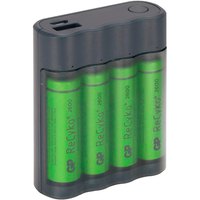
Gp Batteries Charge AnyWay 3 In 1 Battery Charger
34.49 €
-

Gp Batteries iMH 9V Rechargeable 200mAh Batteries
15.56 €
-
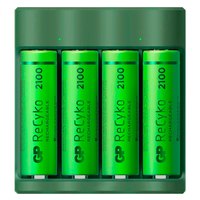
Gp Batteries 4xAA NiMh 2100mAh Battery Charger
30.28 €
-

Gp Batteries Super Alkaline 1.5V AAA Micro LR03 Batteries
11.64 €
-
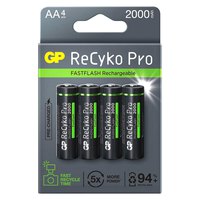
Gp Batteries ReCyko Photo Flash Rechargeable 2000mAh Pro 4 Units Batteries
23.47 €
-

Gp Batteries 4xAA NiMh 2600mAh Battery Charger
78.79 €
How to choose cells for diving electronics?
When choosing cells for diving electronics, it´s important to consider several factors to ensure that the batteries provide reliable and safe performance in the underwater environment. Another important factor is the battery capacity, which refers to the amount of energy that the battery can store. Devices with higher power demands, such as dive computers or underwater cameras, will require batteries with larger capacities to ensure sufficient run time. The operating temperature range of the batteries is also important to consider, as diving can involve exposure to cold temperatures that can affect battery performance. Choosing batteries with a wider operating temperature range can help ensure that they continue to function reliably in colder water. Lithium batteriesLithium batteries are a type of rechargeable battery that use lithium as the primary active ingredient in the cathode. They are commonly used in a wide range of consumer electronics, such as smartphones, laptops, and cameras.
Compared to other types of batteries, lithium batteries are known for their high energy density, meaning they can store a large amount of energy in a small and lightweight package. They also have a long lifespan and can be recharged many times before needing to be replaced.
Rechargeable battery
A rechargeable battery, known as a storage battery, is a kind of electrical battery that can be assessed, unleashed into a load, and recharged multiple times, as opposed to a disposable battery.
Some rechargeable battery kinds are obtainable in the same dimensions and voltages as disposable varieties and can be utilized interchangeably with them. You can buy these rechargeable batteries from these brands: Cressi, SEAC, Aqualung, Suunto, and Beuchat.
Lithium power batteries
Lithium power batteries are the type of rechargeable batteries formed of cells in which lithium ions transfer from the negative electrode via an electrolyte to the positive electrode during release and rear when assessing. Lithium ion batteries have a high power density, no memory impact, and lower self discharge.

























